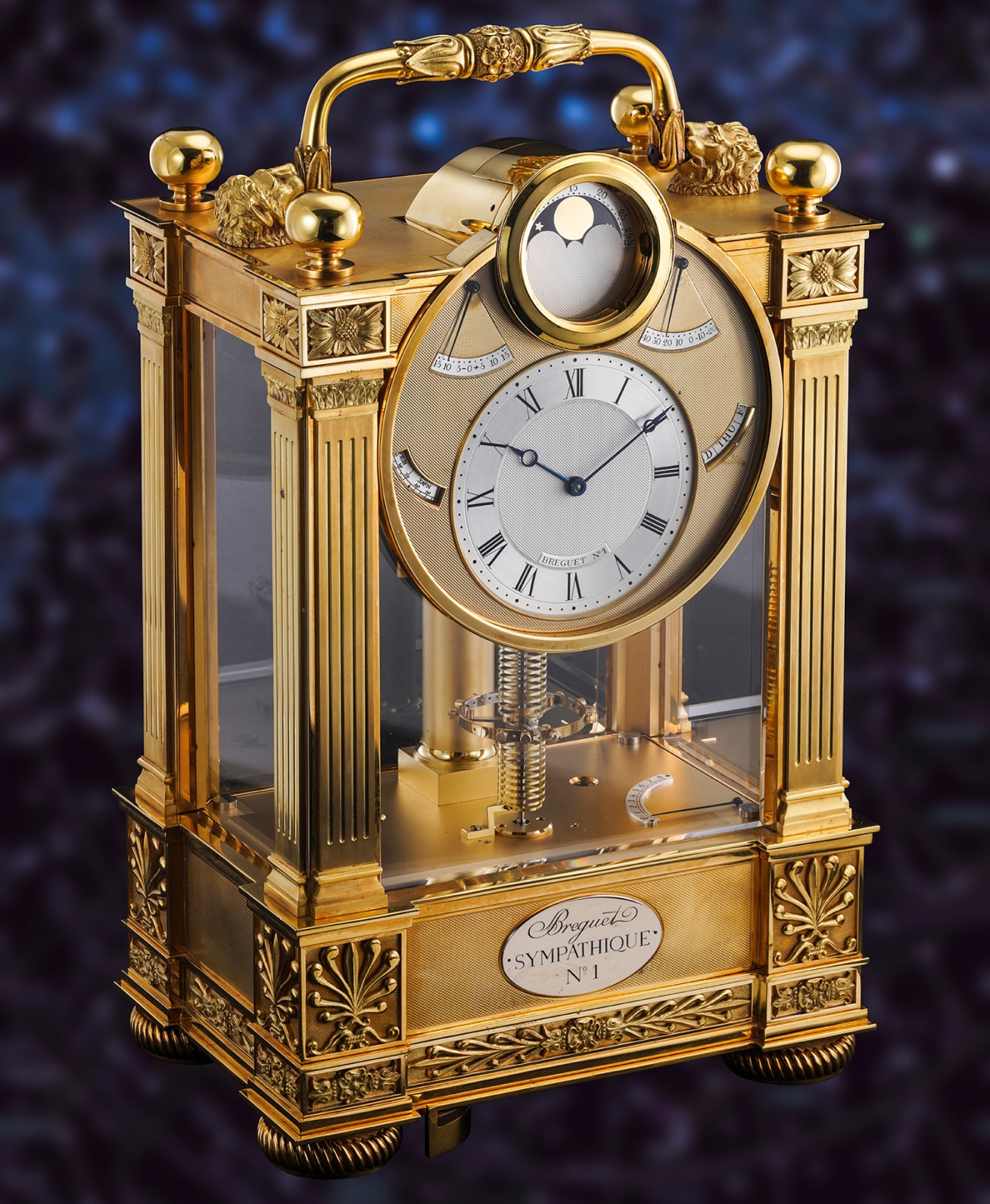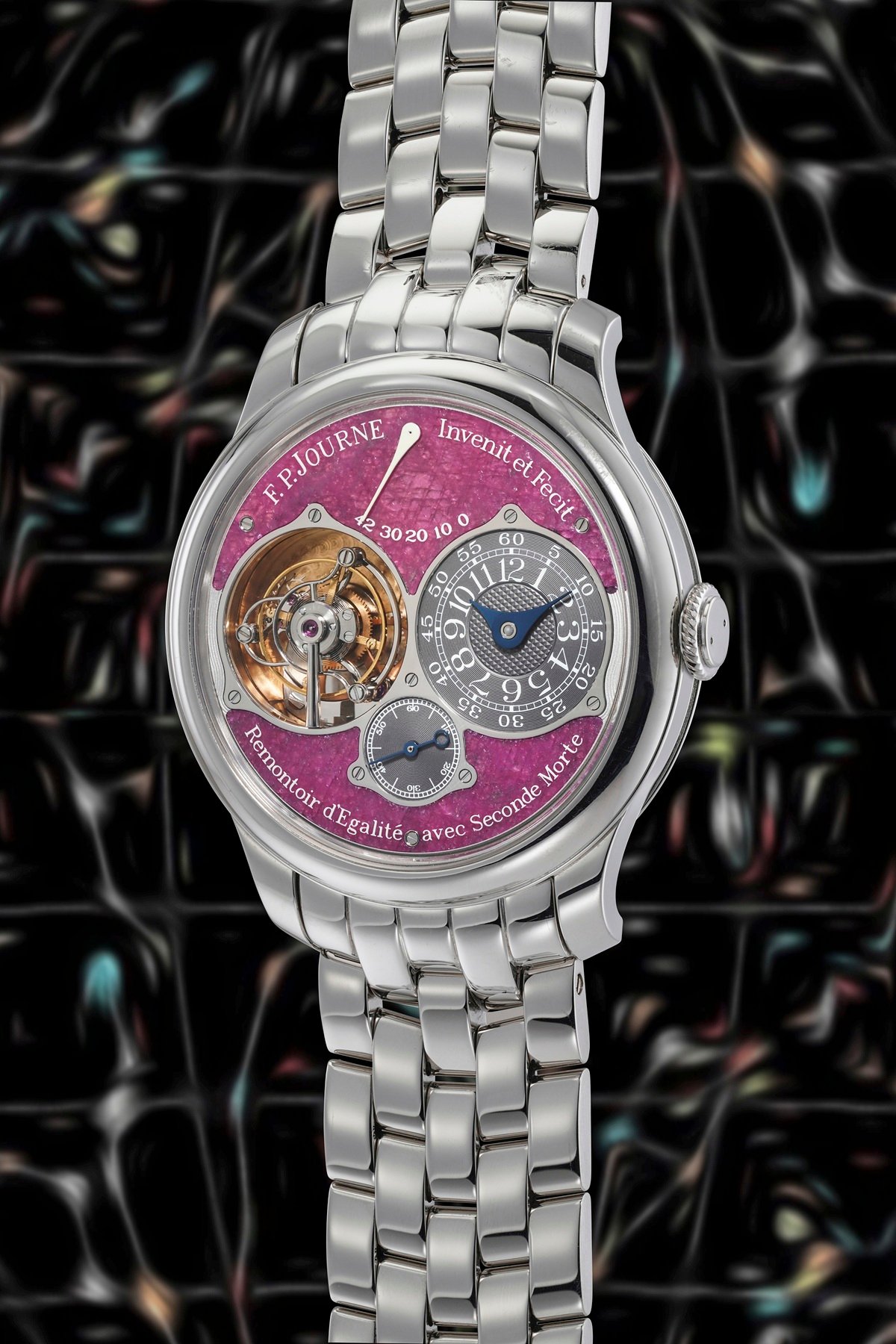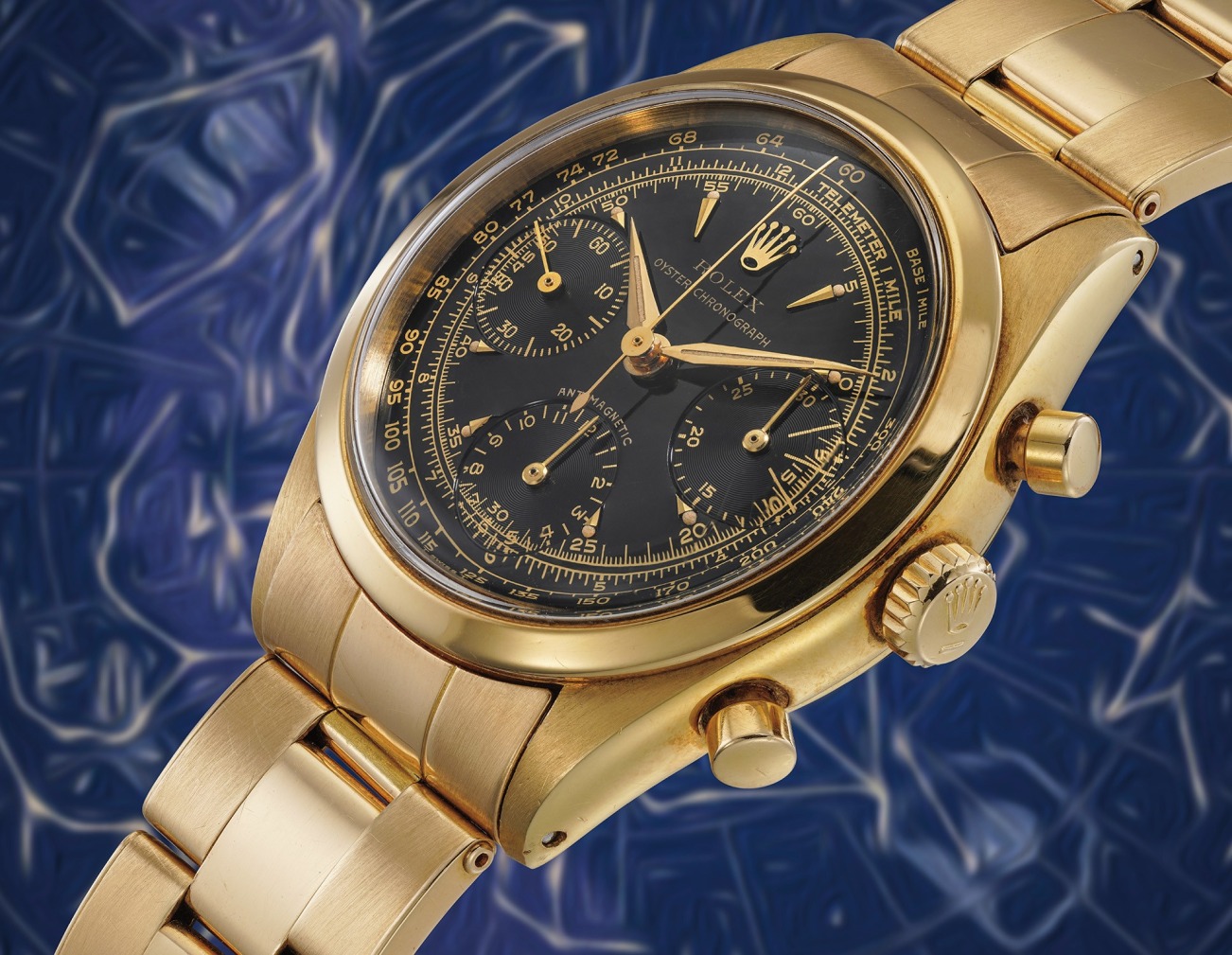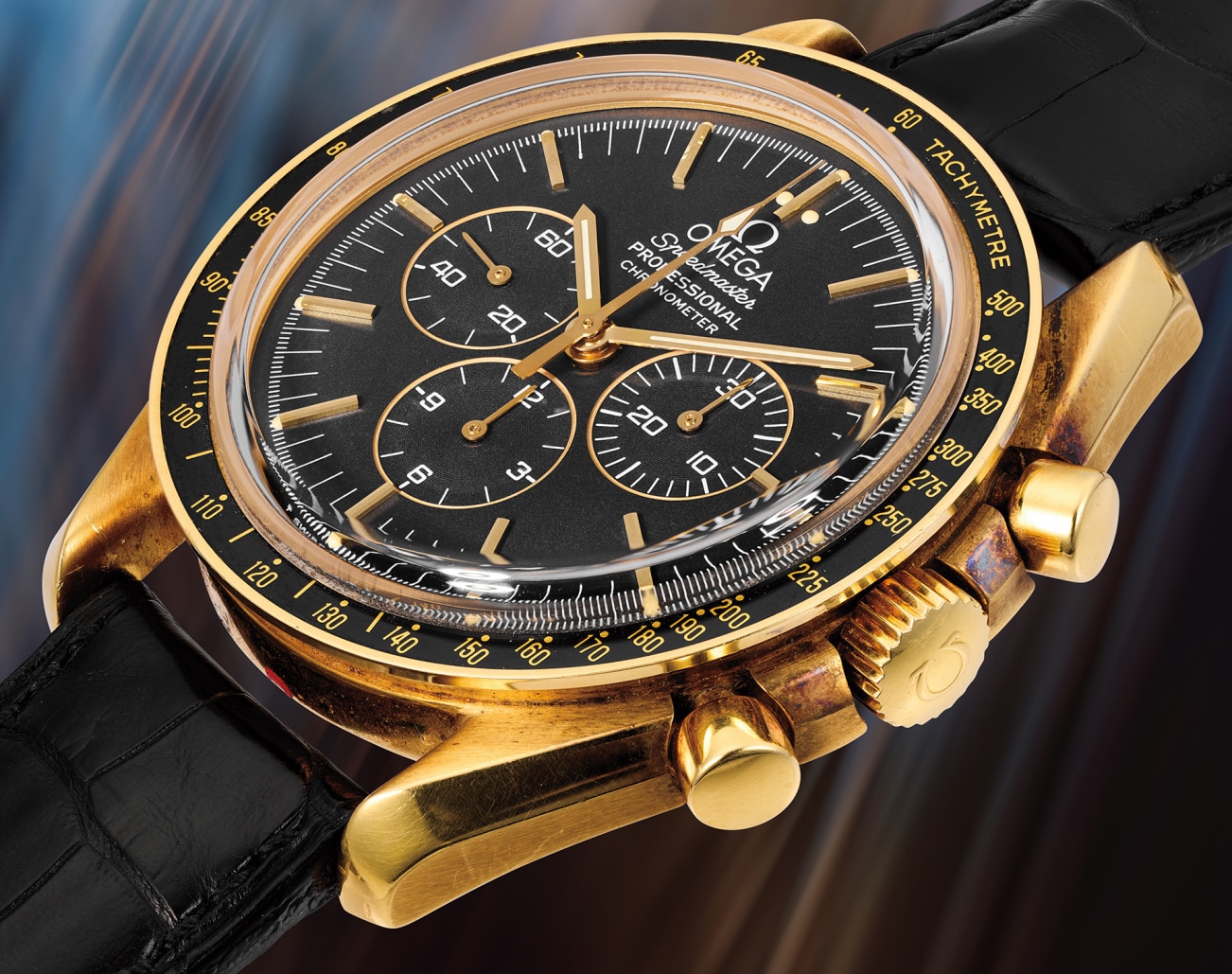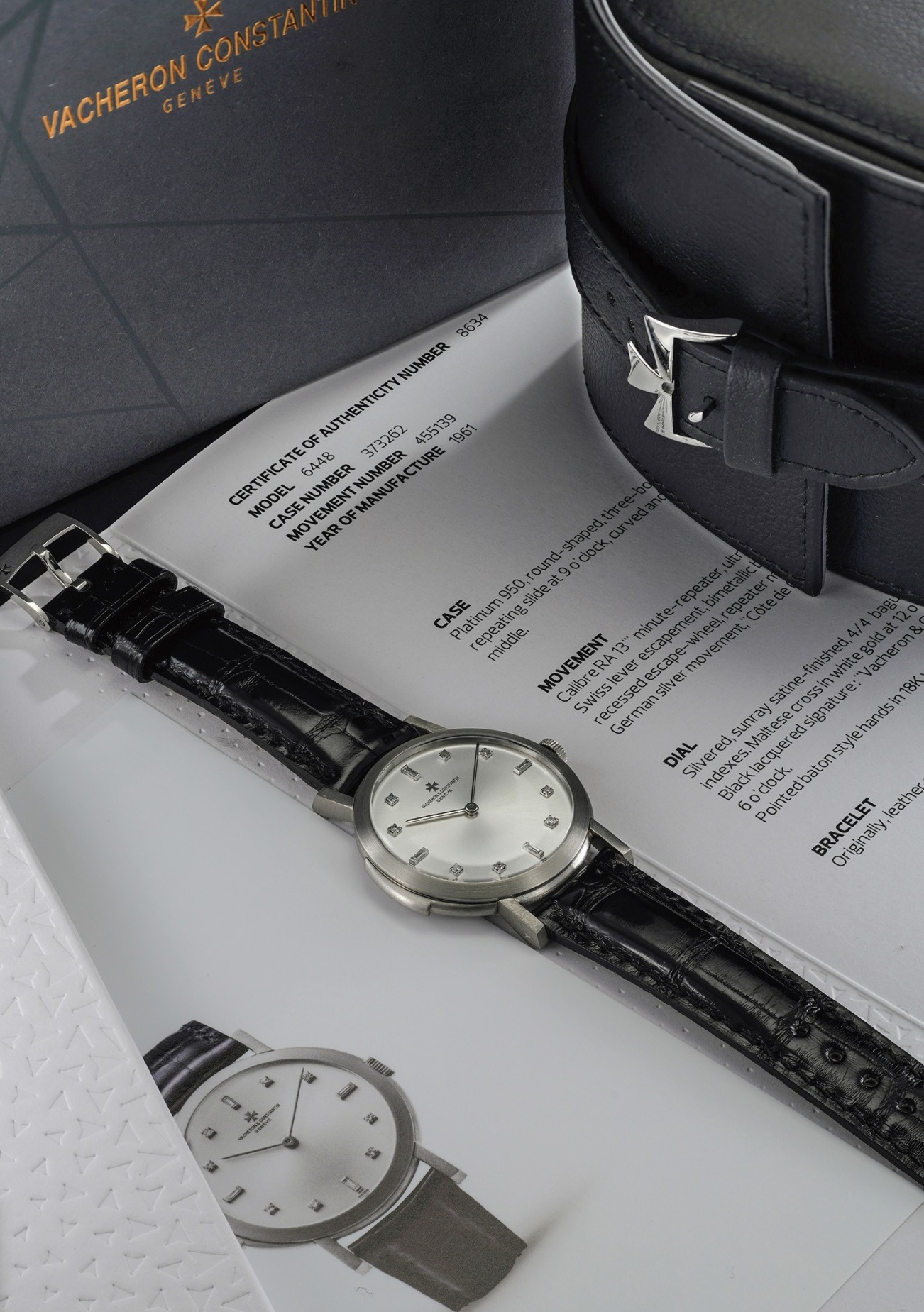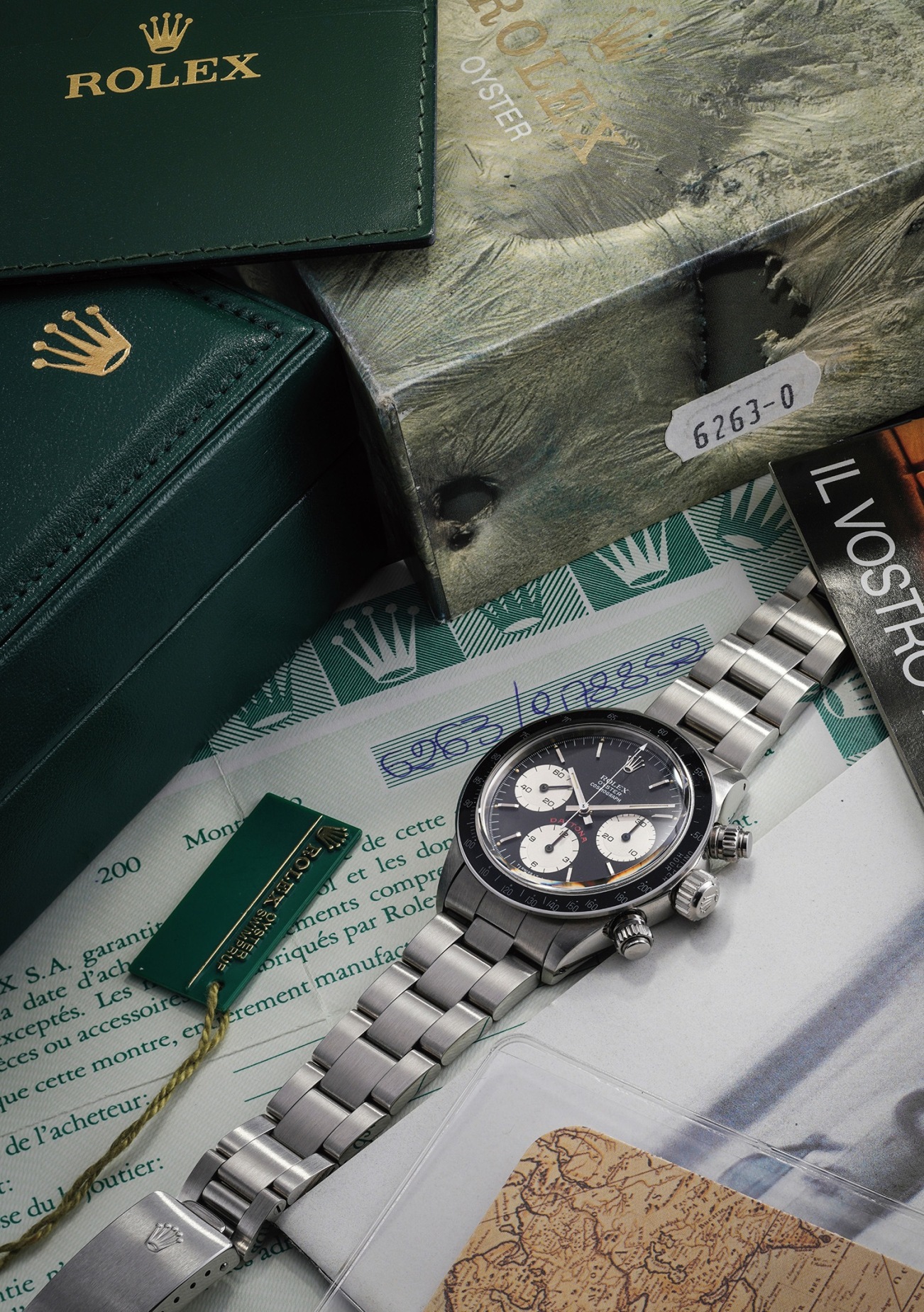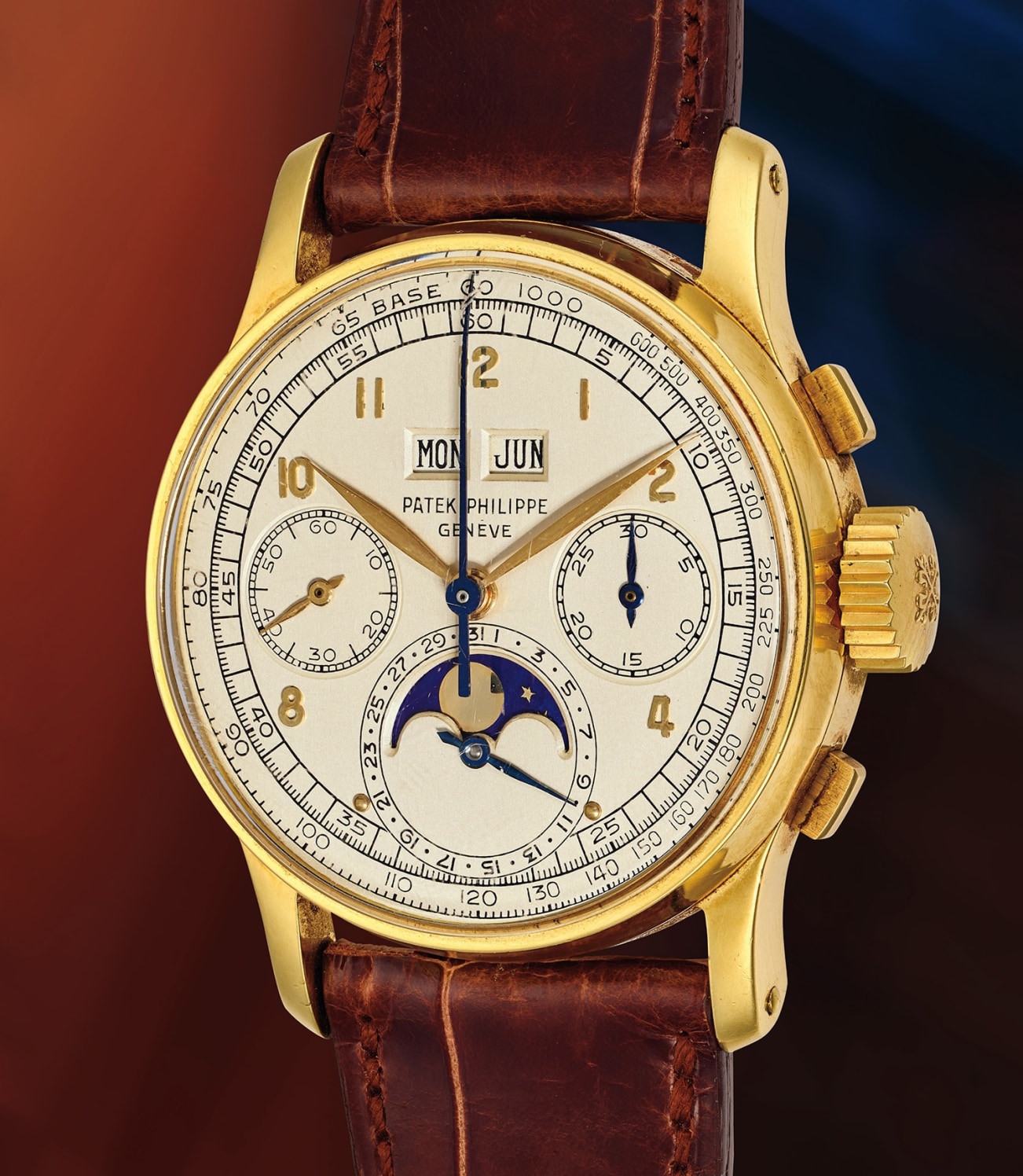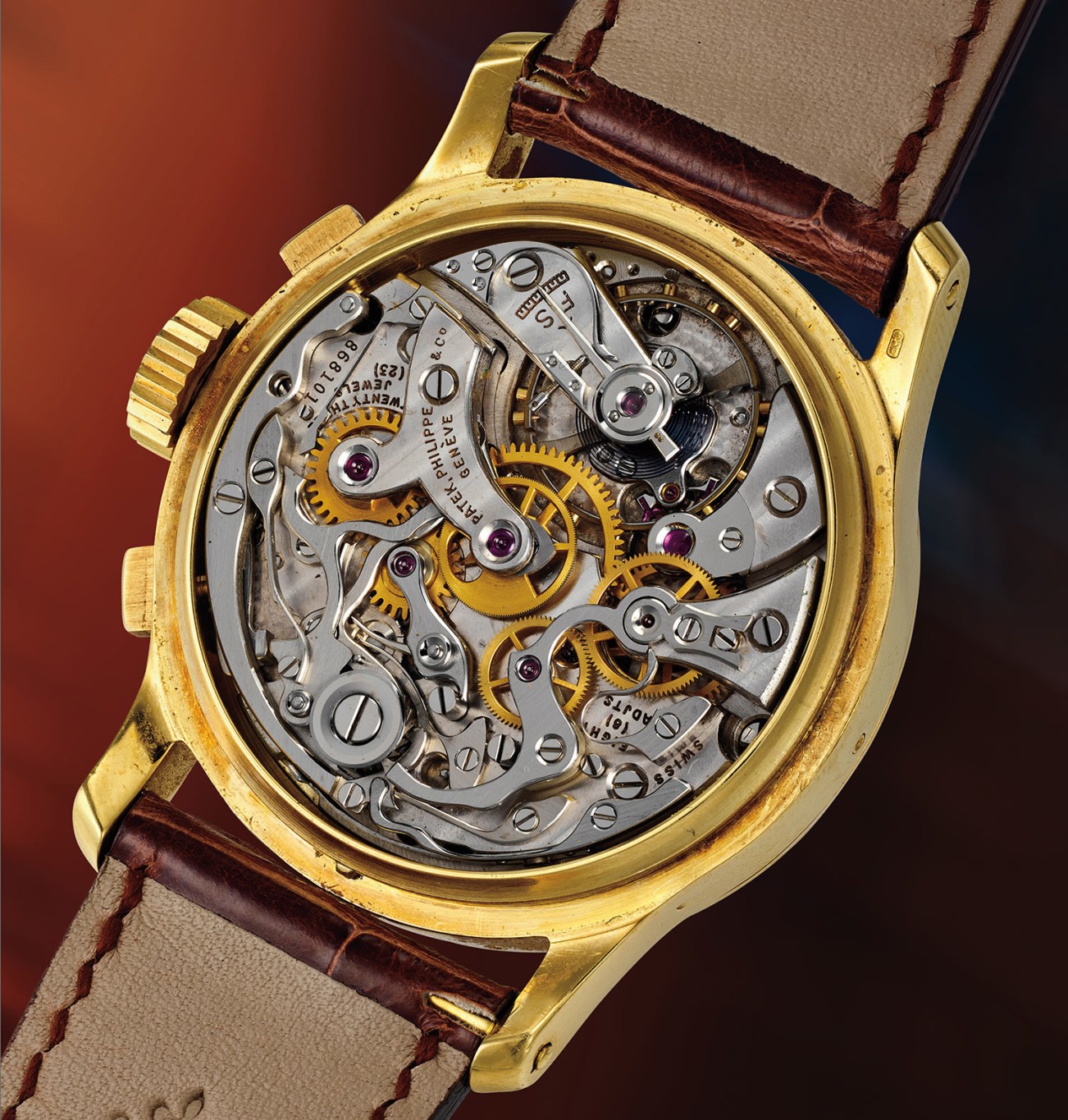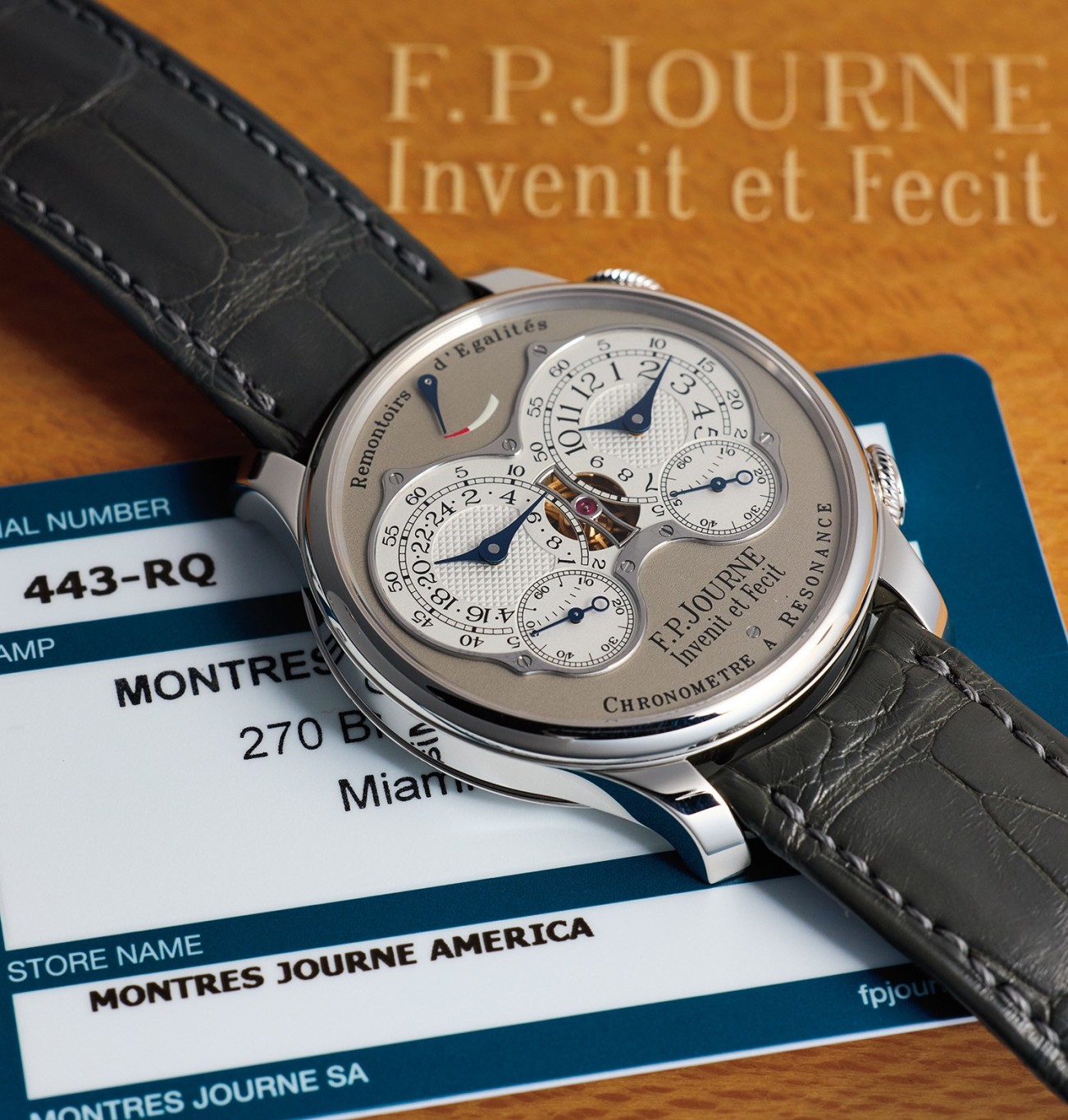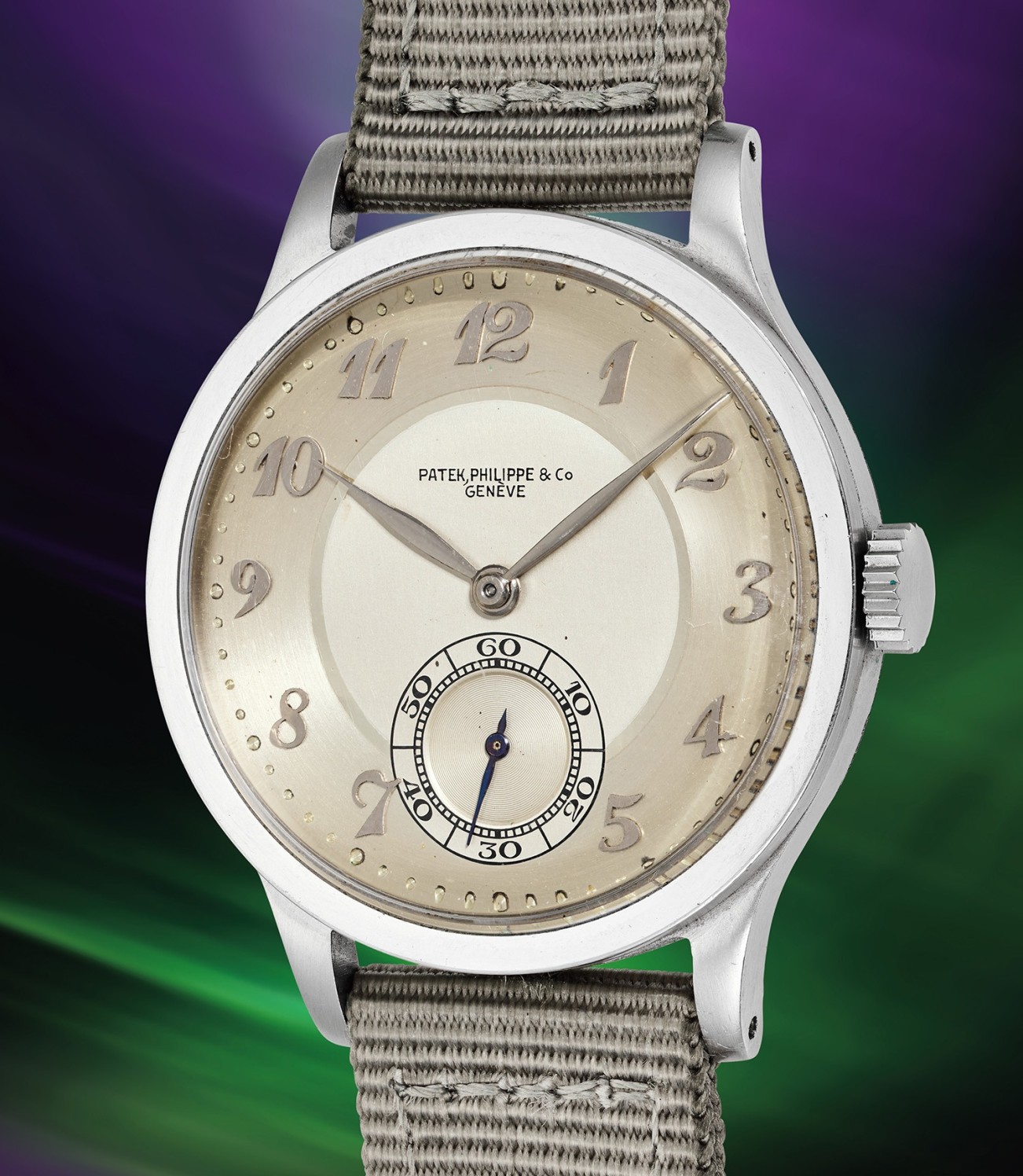Democracy Is Dead: Luxury Watches Are On An Antidemocratizing Path Of Extreme Exclusivity
How can a brand grow while maintaining exclusivity to uphold the perception of a luxury brand? Increasing accessibility was the right strategy for a while. But this democratization of luxury is becoming a thing of the past. Traditional clients and affluent newcomers in the world of luxury demand exclusivity. For them, luxury is all about excluding and not including, and higher-echelon brands recognize that view and react to it. Strong and prestigious brands focus intensely on an affluent target audience, making them less affected by economic and geopolitical mood swings. They are not worried that their prices are antidemocratic. It is a way to regain a position of aspiration rather than easy access for all. The watch market might slow down, but not all brands feel it. And recent results from watch auctions also reveal a hungry market. It looks like luxury watches are on an antidemocratizing path of extreme exclusivity.
Like tectonic plates, the rift between buyers of high-end and entry-level luxury watches is steadily widening. The democratization of luxury seemingly had stopped the movement for a while, but, to be fair, when mid-range luxury watch brands greedily started raising their prices to not only profit from the growing interest in high-end watches but also uplift their image (and benefit from post-pandemic revenge spending), the widening of the rift seemed to slow down. Unfortunately for those brands trying to escape the middle class, the market has changed, but their image hasn’t. So now, in times of trouble, these brands struggle to grab the attention of a group of watch fans who think at least twice to afford themselves a luxury timepiece. They also now remember the price of watch X from brand Y not too long ago and think things through a third time.
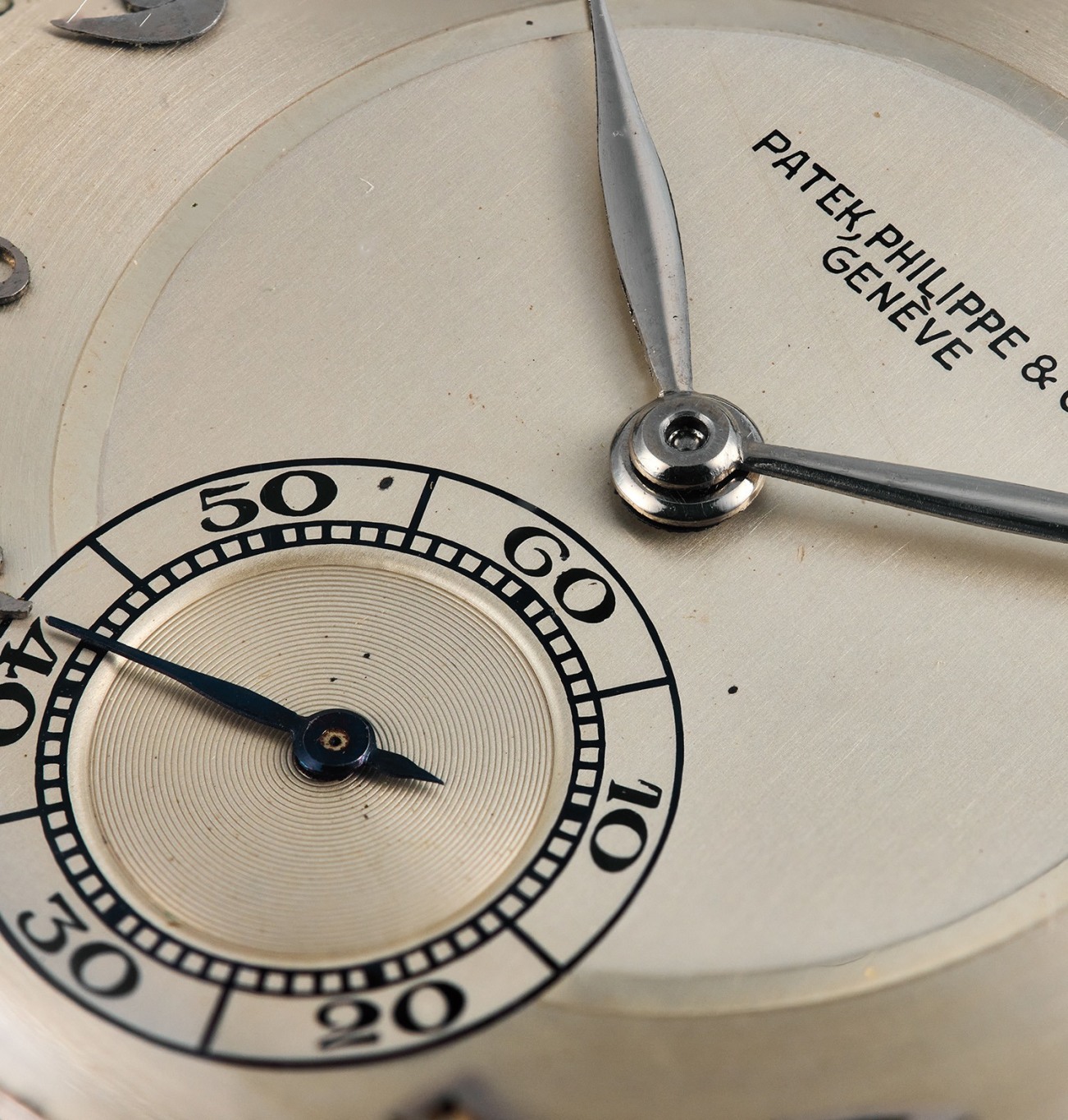
Close-up of the dial of the soon-to-be-auctioned 1940s Patek Philippe “Calatravone” — Image: Phillips
Luxury watches are on an antidemocratizing path of extreme exclusivity: care-free spending versus middle-class pessimism
Last year, J.P. Morgan analyst Matthew Boss described the United States’ low- to middle-income consumers to CNBC as being in a “selective recession.” He meant that higher prices were taking a toll on their savings. Also, inflation and a tight job market slowed down their economic activity. Since inflation started to rise steadily in 2021, the rift in financial health between high-income consumers and the rest has started widening. And it continues to do so, not just in the US, which now also has to deal with the adverse effects of tariffs, but also in the rest of the world. The state of the post-pandemic economy has made the wealthy wealthier and the non-wealthy more pessimistic. The latter results in middle-class watch brands struggling from a lack of sales, while those in the first category continue to live their lives and spend their money — on very high-end watches, for instance.
The appetite for upper-echelon luxury watches is also noticeable at auctions. Just like in the brand boutiques, the clients of traditional brands like Patek Philippe, Audemars Piguet, and Rolex, plus prestigious newcomers like Richard Mille and F.P.Journe, happily spend their money. In a recent interview with The Financial Times, Caroline Reyl, head of premium brands at Pictet Asset Management, said the “very high end, namely Patek Philippe, Rolex, and Audemars Piguet,” is the only growing part of the luxury watch market. “This polarization effect of a few brands dominating is only increasing,” Reyl added.
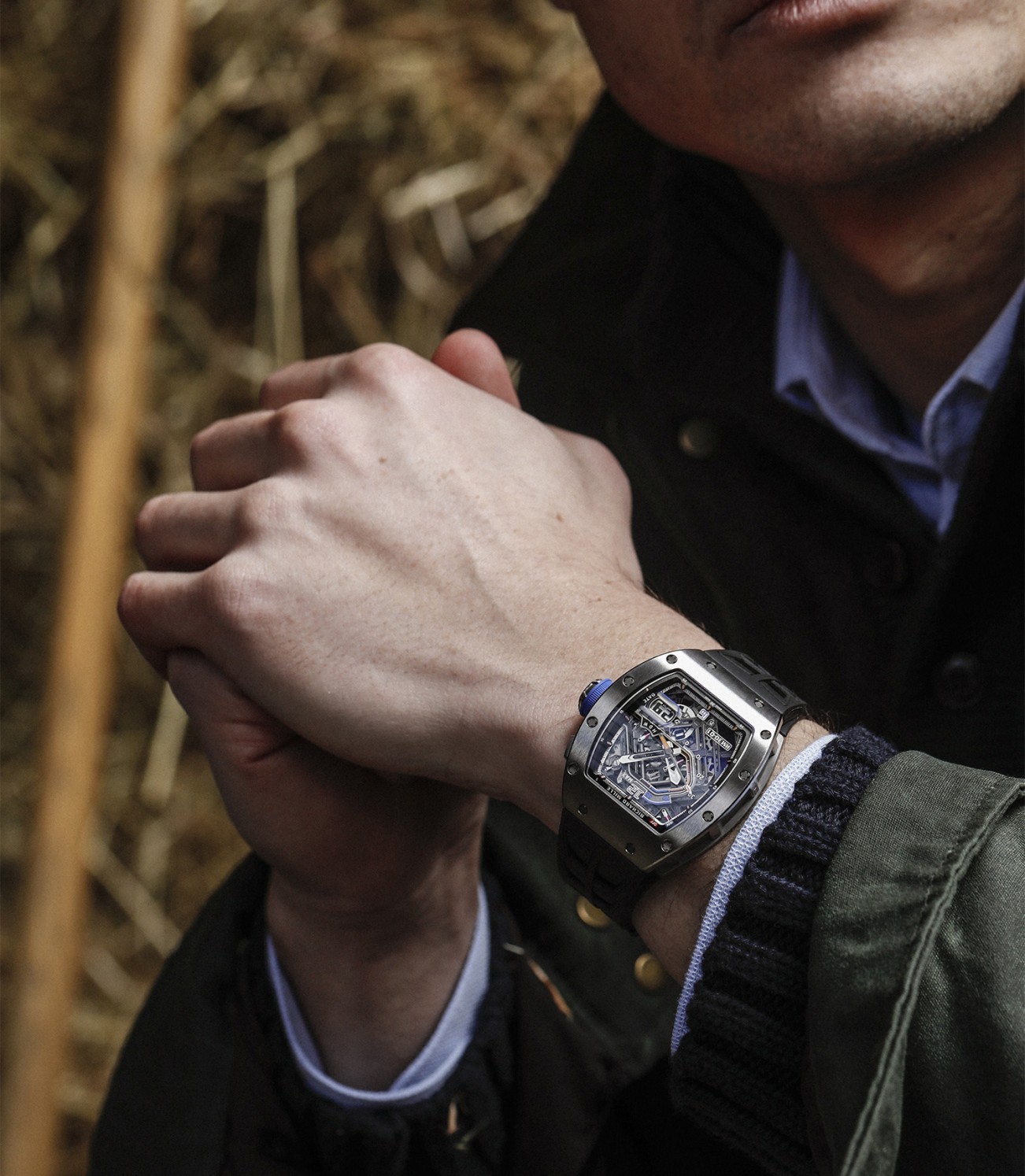
This Richard Mille RM30-01 TI sold for CHF 190,500 at the Geneva Watch Auction: XXI — Image: Phillips
Rocketing auction results
Auction results are a good way to feel the pulse of the market, so let’s look at what happened at the Geneva Watch Auction: XXI, which occurred on May 10th and 11th this year. The auction Phillips held in association with Bacs & Russo achieved CHF 43.4/US$52 million, which meant the watches offered were hammered off for higher prices than expected. Why? Well, that’s the million-dollar question. “High demand” and “rarity” are plausible answers, as is provenance. These are factors leading to heated bidding, which results in driving up the price. In a vibrant and positive atmosphere, an affluent crowd “hunts” for watches that are anything but part of a democratized luxury world.
The auction results reveal that the top 10 lots totaled CHF 18,630,700, with three watches having sold above CHF 2 million and five above CHF 1 million. The top seller was the Breguet Pendule Sympathique Clock No. 1, which sold for over CHF 5.5 million. A Breguet? Yes, a Breguet by F.P. Journe and Techniques Horlogères Appliquées in 1991. Journe, not Breguet, bought it to star in the brand museum. So, the top-selling item does not have to be representative, but maybe it is with a slight detour. It shows that the F.P.Journe brand is doing well and can afford to spend heavily on acquiring items for its museum. Proof is in the same auction. One of the 10 most expensive watches sold was an F.P.Journe Tourbillon Souverain with ruby heart dial, realizing CHF 1,633,000.
Plenty of Pateks
The high prices Patek Philippe creations fetch are entirely expected. Lot 74, the Patek Philippe Ref. 3448 “Padellone — The only one known,” is a 37mm pink gold perpetual calendar that fetched CHF 2,722,000. Pedigree and rarity are the key factors in the selling price of this “Double P”-crown timepiece, with a Patek Philippe Extract from the Archives confirming the dates of production and sale in 1968.
Lot 135 also ticked the rarity box. The early 1960s Rolex “Pre-Daytona” ref. 6238 in yellow gold with a black lacquer dial is the predecessor of the first official Daytona, the ref. 6239. It sold for CHF 533,400.
Premium provenance
There weren’t many watches with interesting provenance during the Geneva Watch Auction: XXI. However, the upcoming Phillips New York Watch Auction: XII is a bit better in that department. The upcoming marquee sale on June 7th and 8th includes, among other things, a space-flown Omega Speedmaster Professional “MIR 365 Days” ref. BA 145.0052.035A numbered 2 of 7 pieces.
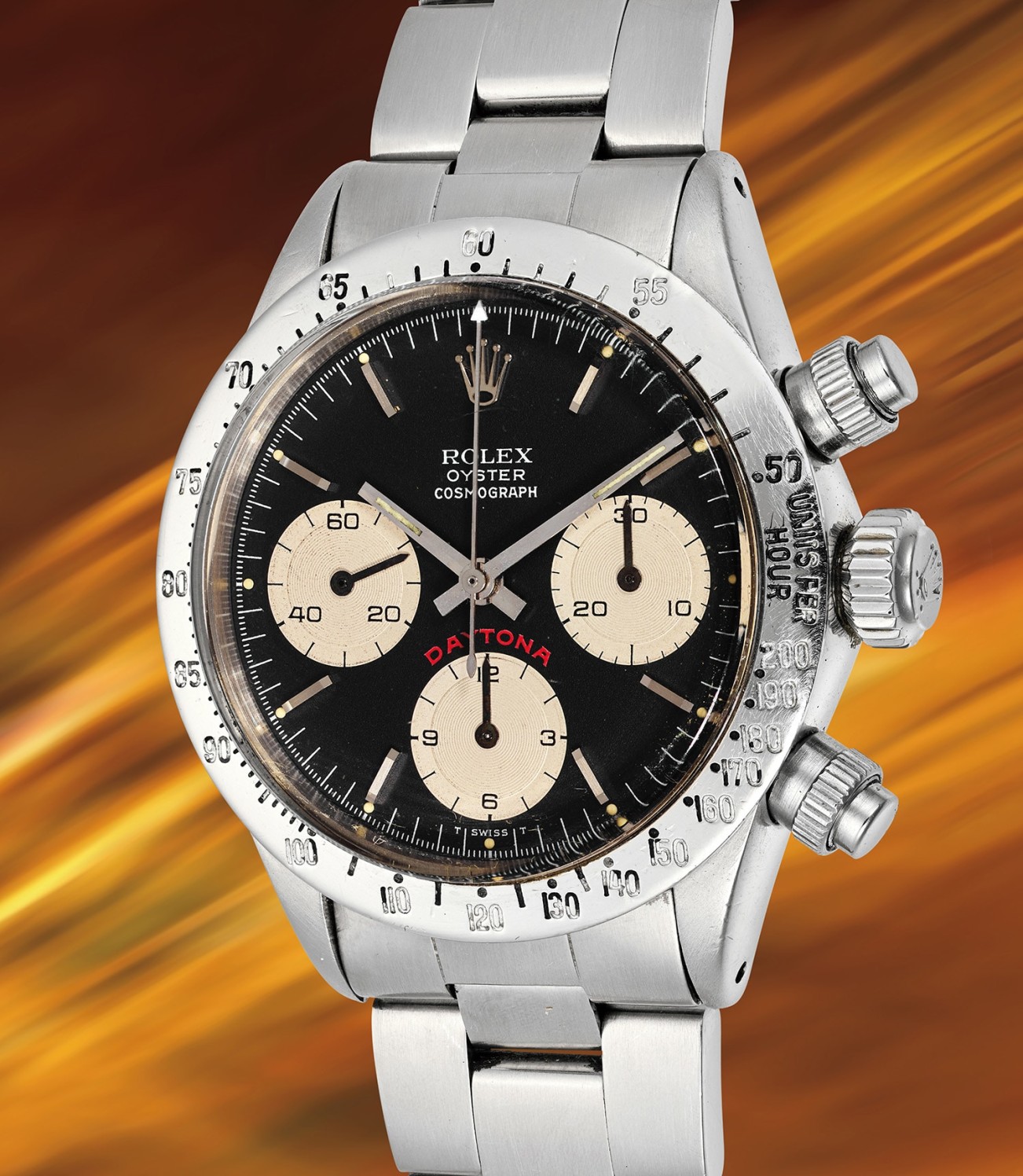
The Rolex “Die to Drive” “Big Red” Daytona of former French Formula One driver Jean-Pierre Jabouille — Image: Phillips
The NYC auction will also see the Rolex “Die to Drive” “Big Red” Daytona of former French Formula One driver Jean-Pierre Jabouille in action. The Daytona on sale has “DIE TO DRIVE – RENAULT F1 – J.P.J. 79” engraved on the case back. The watch celebrates the historic victory of Jean-Pierre Jabouille at the 1979 French Grand Prix, the first-ever Grand Prix win for Renault F1 and a French racing team.
The watch was a gift from the team to the winning driver. It’s a good story, but is it of significant historical meaning? Jabouille started in 49 Grand Prix races and won two, just like 10 other drivers. How many luxury watches have been gifted to winning drivers over the last 50 years? There must be hundreds. Having said that, Jabouille’s watch could be just the right piece of memorabilia for a (French) F1 fan. Provenance is indeed a great marketing tool in the storytelling world of auctions, but sometimes the tool needs sharpening.
Who’s buying at auctions?
The most straightforward answer to the question, “Who’s buying exclusive watches at an auction?” is “affluent collectors.” Are they, though? I would tend to say “yes” in the case of lot 57 of the latest Geneva auction. This lot was a 1961 Vacheron Constantin ref. 6448 “Unique Piece.” It’s a one-of-a-kind, fully brushed platinum minute repeater that’s fresh to the market. It was estimated to bring in between CHF 120,000 and 240,000, but it was sold for CHF 698,500. It’s a particular watch that will most likely be part of an equally particular, well-curated watch collection.
Lot 50, a like-new mid-’80s Rolex Cosmograph Daytona ref. 6263, is a different “animal.” It has a sticker on the case back and is virtually “New Old Stock.” Although it was produced during the last years of the model’s manufacturing period, it is also “just” a Daytona — an easy-to-recognize statement of luxury. The estimated sales price of this particular Daytona was CHF 100,000 to 200,000, and it sold for CHF 254,000. During the Daytona 6263’s 15-year production between the early 1970s and 1987, an estimated 24,000 pieces were made. That’s a bit too many to tick the rarity box. The buyer might not have been a scrutinizing collector but was someone with more than enough money to buy a steel Daytona in excellent condition with a bit of a story and all the right looks.
Collecting at the speed of sound
While not a new phenomenon, wealthy clients having experts buy watch collections for them is certainly more common nowadays. Let’s say you own a successful social media empire and recently became interested in high-end watches. Having an expert do all the nitty-gritty work to help you navigate the watch universe and acquire the “right” watches, such as calling brands, begging for hard-to-get watches, going through auction catalogs, doing the bidding, etc., is more than helpful. It saves precious time and prevents you from buying the “wrong” stuff. Does it also bring you deep fulfillment, great joy, and a better understanding of what you have in your collection? Probably not, but becoming a scrutinizing watch purist was never an ambition in the first place.
Interesting for all
No matter if you have money to burn and want something that’s en vogue with your peers, or you’re a proxy bidder, a scrutinizing collector with a specific interest, or just someone who loves to read about and look at rare watches, the upcoming Phillips New York Watch Auction: XII has three watches that I want to point out. The first is Lot 20, a 1950s Patek Philippe Perpetual Calendar Chronograph ref. 1518 in yellow gold with an estimate of US$400,000–800,000.
The F.P. Journe Chronomètre à Résonance is a contemporary example of interesting horology. It is a platinum dual-time wristwatch with a double resonating escapement, power reserve, zero-reset seconds, and two constant-force mechanisms. The complicated watch from the “right” brand has a US$120,000–240,000 estimate.
However, my favorite is the circa 1943 Patek Philippe ref. 570 “Calatravone.” This particular steel watch has a three-tone dial featuring large Breguet numerals and is a rarity since its existence was previously unknown. It combines pedigree with simple, elegant, good looks with a touch of ruggedness. All these intriguing and pleasing features come at a price, though. The estimate is US$200,000–400,000. It is probably a watch for the Calatrava collector who thought the collection was complete but was mistaken. It’s certainly not for someone who was outbid on a Daytona before this lot appeared.
Luxury watches are on an antidemocratizing path of extreme exclusivity — final words
High-end watches are performing well at auctions, and continuing sales of new timepieces from selected high-end brands indicate that market fatigue is not happening at the top but at the bottom end. Staying relevant is a must for specific brands in the higher price regions, but it’s also a real struggle since certain brands vastly outperform the competition. According to The Financial Times, Patek Philippe and Breguet made around US$300–400 million in annual sales two decades ago. Now, Patek sales are up to nearly US$2.3 billion, but Breguet is doing approximately US$221 million. There’s not just a rift between top-end and entry-level luxury watch brands but also between the different manufacturers traditionally active in the highest segment.
To restore pride of ownership after seeing how much democratization eroded exclusivity, top-tier brands underlined the scarcity and exclusivity of their products and further increased prices. It meant pushing away from a clientele that still had hopes of someday acquiring a watch from brand X. Still, it protects the brand’s image. It also helps to safeguard the brand’s future as an exclusive, steady, and relevant producer of veritable luxury. High-end brands absent from auctions must act to become desirable for an affluent audience willing to buy if the name on the dial tickles their fancy.
Watch manufacturers catering to an audience that doesn’t do auction sales but makes considerate purchases also need to develop a master plan soon. Finding the right strategy to counter negativity in the market is a gargantuan task and challenge. Above all, it is a necessity to survive.
It will be interesting to see which luxury watches successfully continue on their antidemocratizing path of extreme exclusivity and which fall off. It will also be interesting to see if the results of the Phillips New York Watch Auction: XII on Saturday, June 7th, align with last month’s Geneva auction. I bet they will. Now you place yours.

